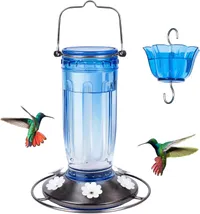Want more hummingbirds? 7 tips for attracting them to your yard
Hummingbirds are always on the move, so make your yard their next stop
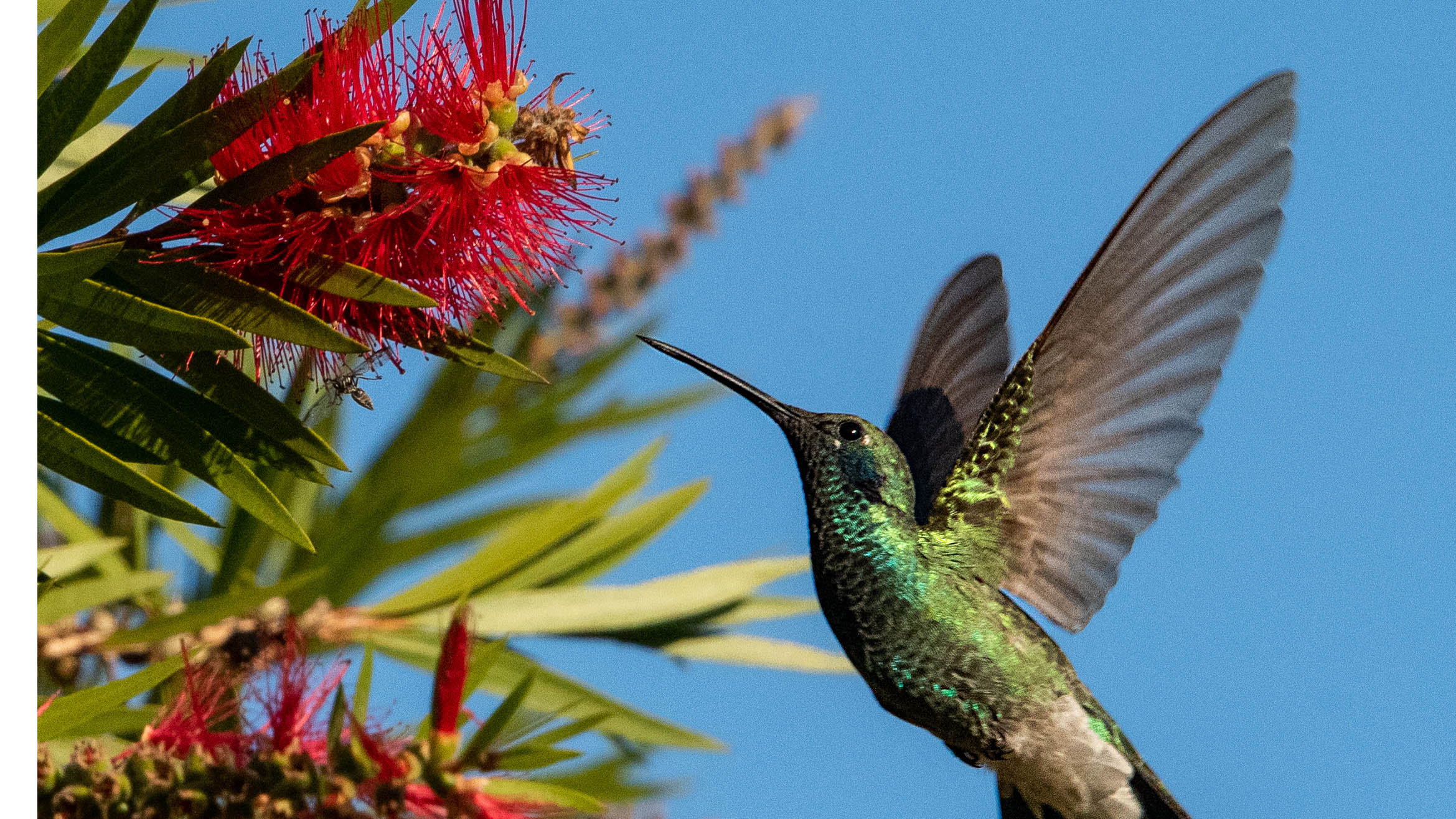
If you're wanting to turn your yard into a hummingbird haven, look no further. These tiny speedsters can bring incredible color and energy to your outdoor space with just a few simple changes.
Hummingbirds are constantly searching for reliable nectar sources and safe spots to rest during their daily feeding rounds. By choosing the right flowers, positioning feeders strategically, and creating the perfect environment, you can attract these gorgeous birds throughout the growing season.
From adding native tubular flowers to providing fresh water sources, each step builds toward creating the ideal hummingbird habitat. Follow these seven tips to make your yard a regular stop on their flight path.
These tiny jewels will be visiting your garden before you know it.
1. Plant tubular flowers
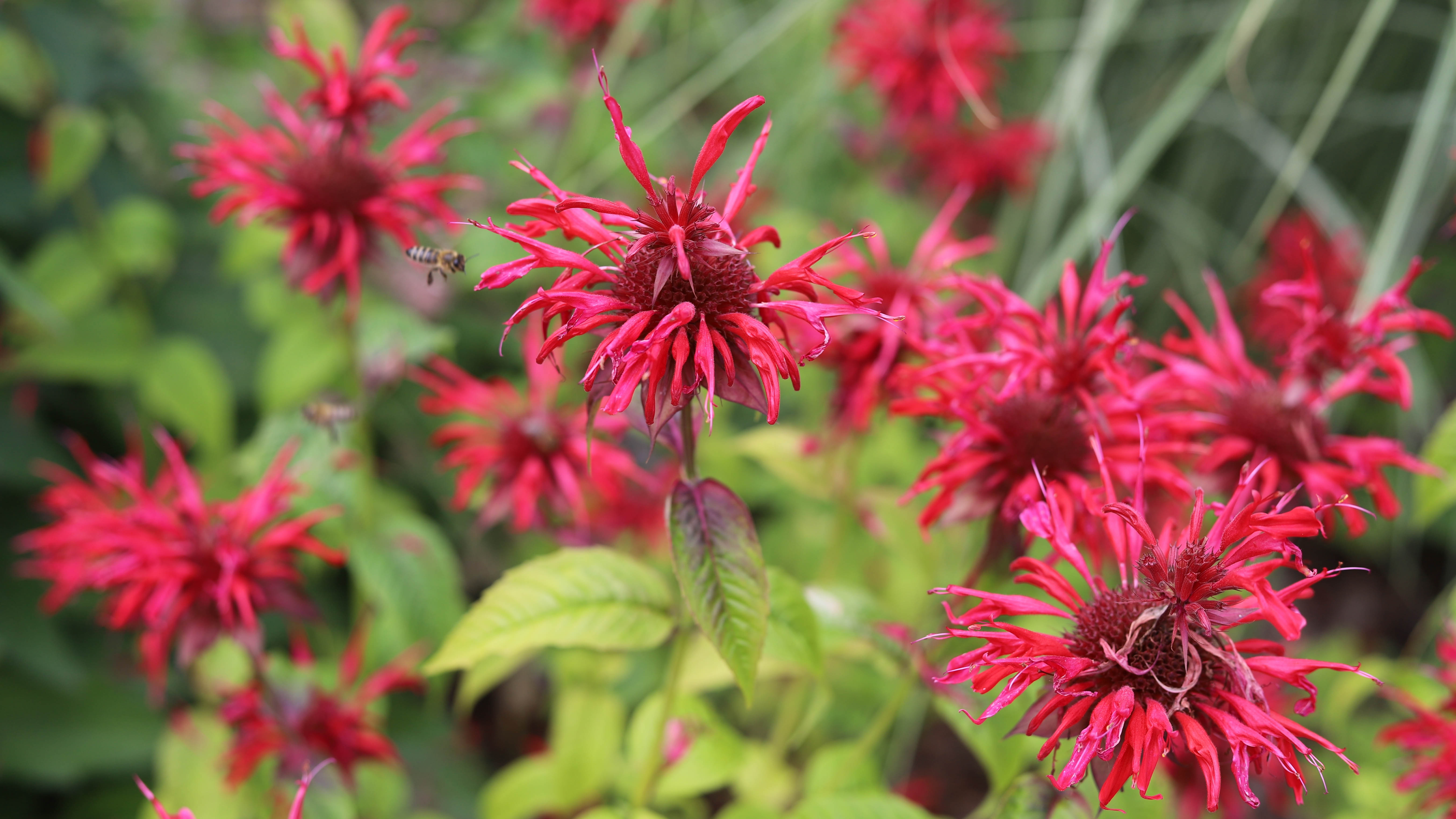
Hummingbirds have evolved alongside certain flower types, developing specialized beaks and tongues perfectly suited for extracting nectar from tubular blooms. Native plants are particularly attractive because they've co-evolved with local hummingbird populations.
Focus on trumpet-shaped flowers in vibrant colors like red, orange, pink and purple. Cardinal flower, bee balm, trumpet vine and fuchsias are excellent choices. Plant these in clusters rather than scattering individual flowers throughout your garden as this creates a more visible target for passing hummingbirds.
To keep hummingbirds visiting all season long, pick plants that bloom at different times. Choose early-season plants like wild bergamot for spring, summer plants like cardinal vine for peak season, and late-blooming plants such as autumn sage for fall.
Consider vertical growing spaces too. Hummingbirds will visit hanging baskets and window boxes filled with appropriate flowers, making it possible to create habitat even in small spaces or apartments with balconies.
2. Set up multiple nectar feeders
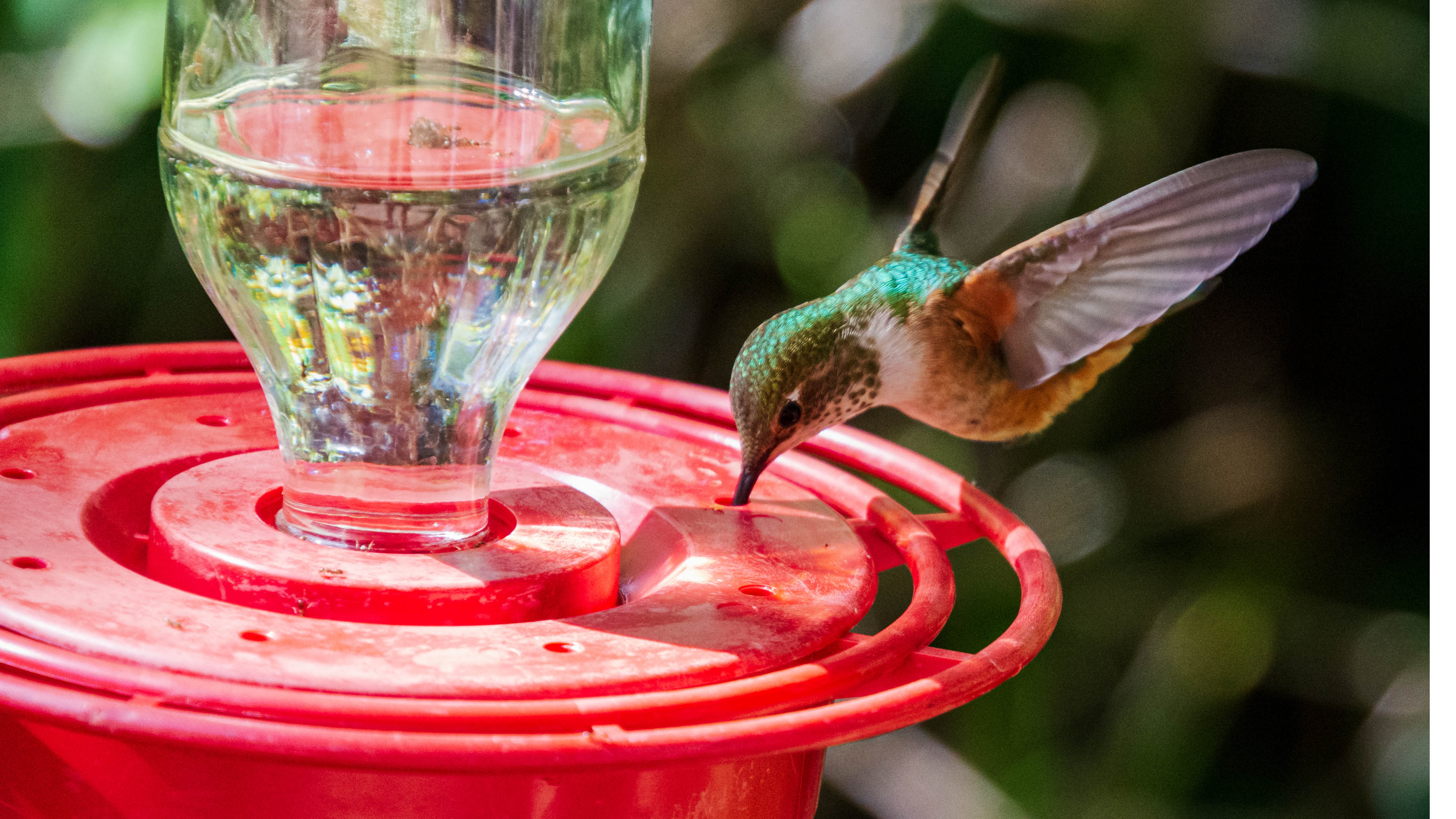
While flowers provide natural nectar, supplemental feeders ensure a consistent food source, especially during peak migration periods or when flowers aren't blooming. Position several feeders around your yard rather than clustering them together, this prevents territorial birds from guarding all food sources.
If possible, space feeders at least 3-4 feet apart or use barriers like shrubs between them. This prevents dominant hummingbirds from claiming all feeders and allows multiple birds to feed simultaneously.
To create simple nectar solution, use a 4:1 ratio of water to sugar. Boil the water first to remove impurities, dissolve the sugar completely, then cool before filling feeders. Never use honey, artificial sweeteners, or red dye, which can harm hummingbirds.
It's important to clean the feeders thoroughly every 3-4 days in hot weather or every week in cooler temperatures to prevent fermentation and bacterial growth. Replace with fresh nectar each time you clean them.
Hummingbird nectar feeders: from $7 @ Amazon
Amazon has a wide selection of hanging bird feeders that are easy to hang/reposition and durable. Prices start as low as $7 for feeders with five feeding ports and more.
3. Provide fresh, moving water
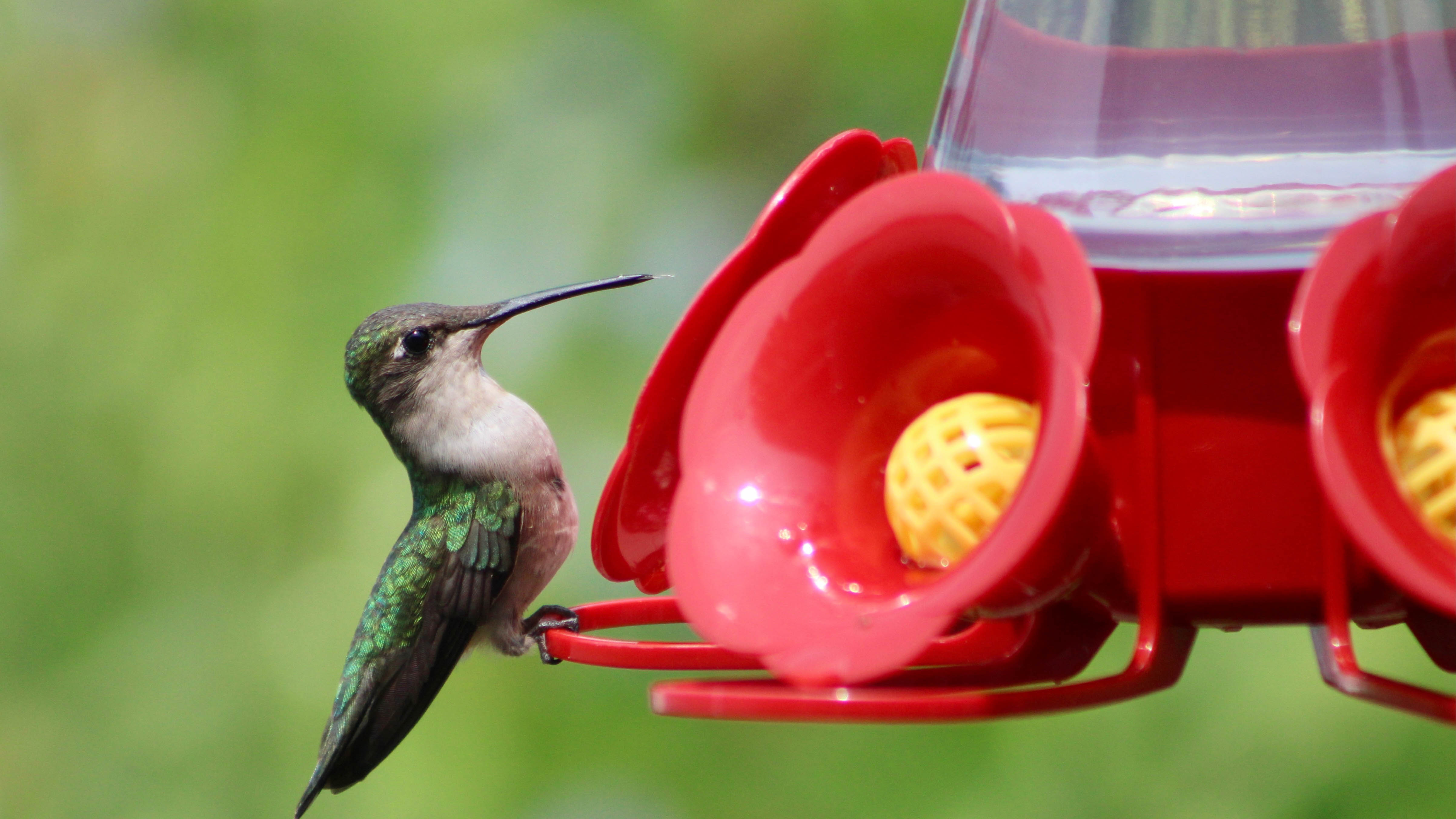
Hummingbirds drink lots of water daily and also need it for bathing. They prefer shallow water sources with gentle movement, which helps them detect the water and indicates freshness.
You could install a dripping water feature or misting system near favorite perching spots. The sound of moving water attracts birds from a distance, while the moisture in the air creates ideal humidity levels they enjoy.
Hummingbirds can't swim and may drown in deeper water, so keep your water features shallow, no more than 1-2 inches deep. A great wait to provide grip for their tiny feet is adding textured surfaces like small stones or rough concrete edges.
Position water sources where you can easily refill and clean them. Stagnant water becomes a breeding ground for mosquitoes and can spread disease, so refresh water sources every few days during warm weather.
Hummingbird water dispenser: from $14 @ Amazon
Looking for the right hummingbird water dispenser? Amazon offers various models with different capacities and feeding stations. Prices start from $14.
4. Create strategic perching spots
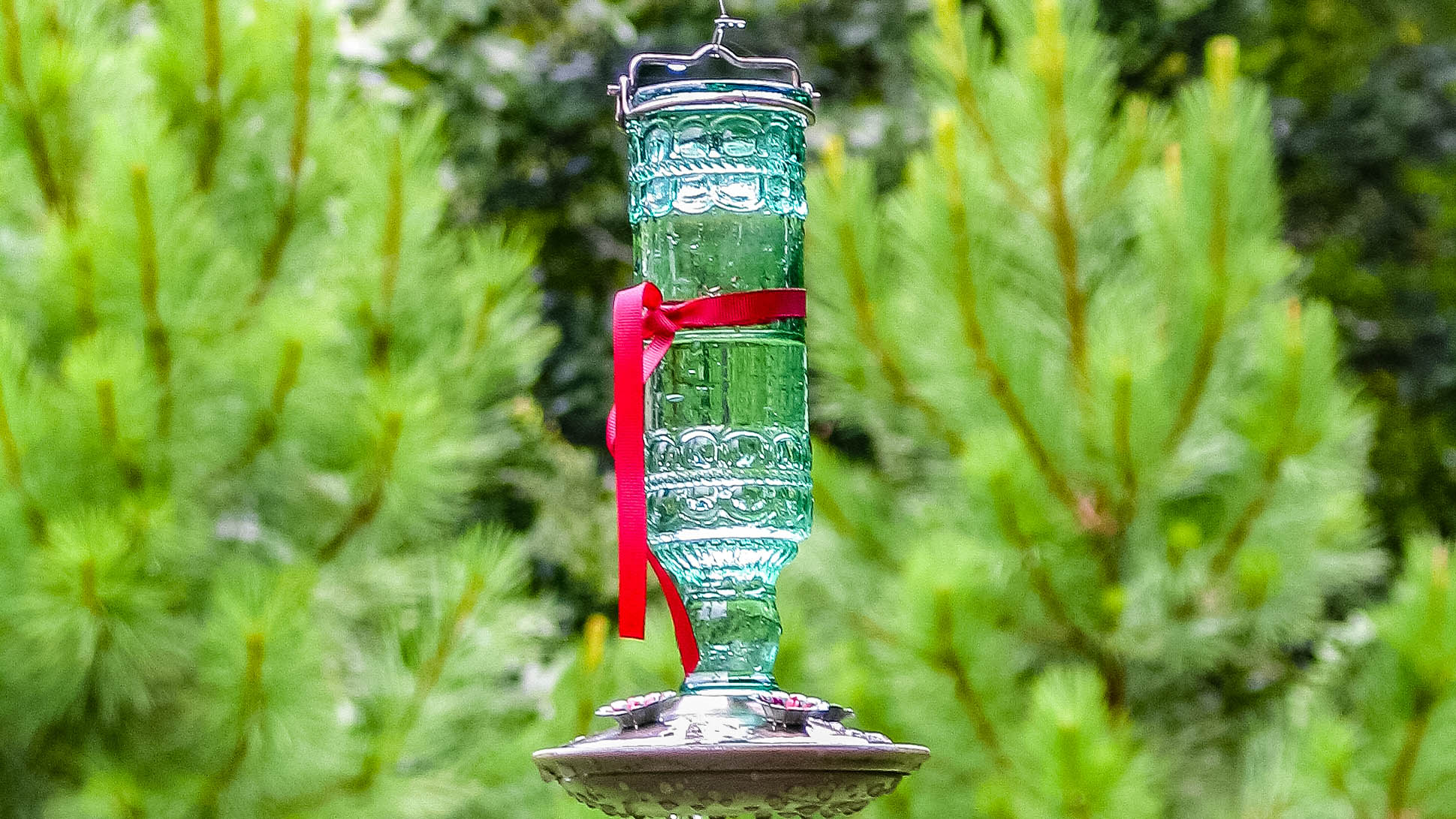
Despite their reputation for constant movement, hummingbirds spend significant time resting and surveying their territory. Provide thin branches or dedicated perches about 3-10 feet from feeders and flowers.
Natural options include small-diameter twigs on bushes or trees. You can also install artificial perches like thin copper wires or specialized hummingbird perches attached to feeder poles.
Position perches where birds have clear views of all feeding areas while maintaining quick escape routes. This allows them to watch for predators and territorial competitors while conserving energy between feeding sessions.
Different birds prefer different perching heights, so vary your offerings. This accommodates various species' preferences and reduces competition for prime spots.
5. Minimize pesticides
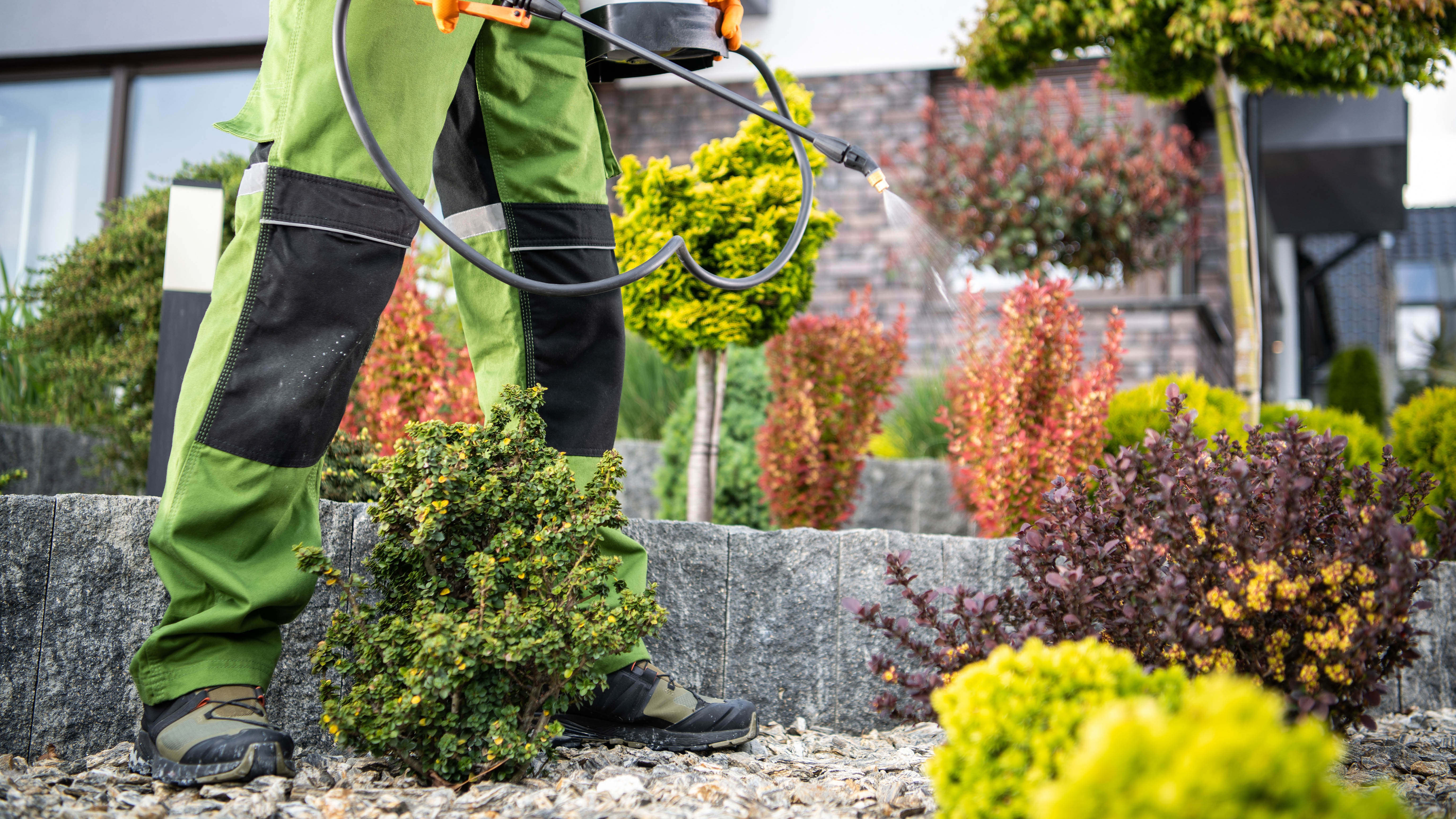
Chemical pesticides don't just kill pests, they eliminate beneficial insects that comprise up to 60% of a hummingbird's diet. These tiny birds need protein from gnats, aphids, and spiders to maintain their incredible metabolism.
Choose organic pest management methods when possible. Encourage beneficial insects by planting diverse flowers that attract helpful predators like lacewings and ladybugs.
If you must use pest control products, opt for targeted, least-toxic approaches applied when hummingbirds aren't active (early morning or evening). Always follow label directions and avoid spraying blooming plants that birds visit.
Remember that a few insect pests actually benefit hummingbirds by providing easy protein sources. A perfectly pest-free garden may lack the diverse ecosystem these birds need to thrive.
6. Create wind protection
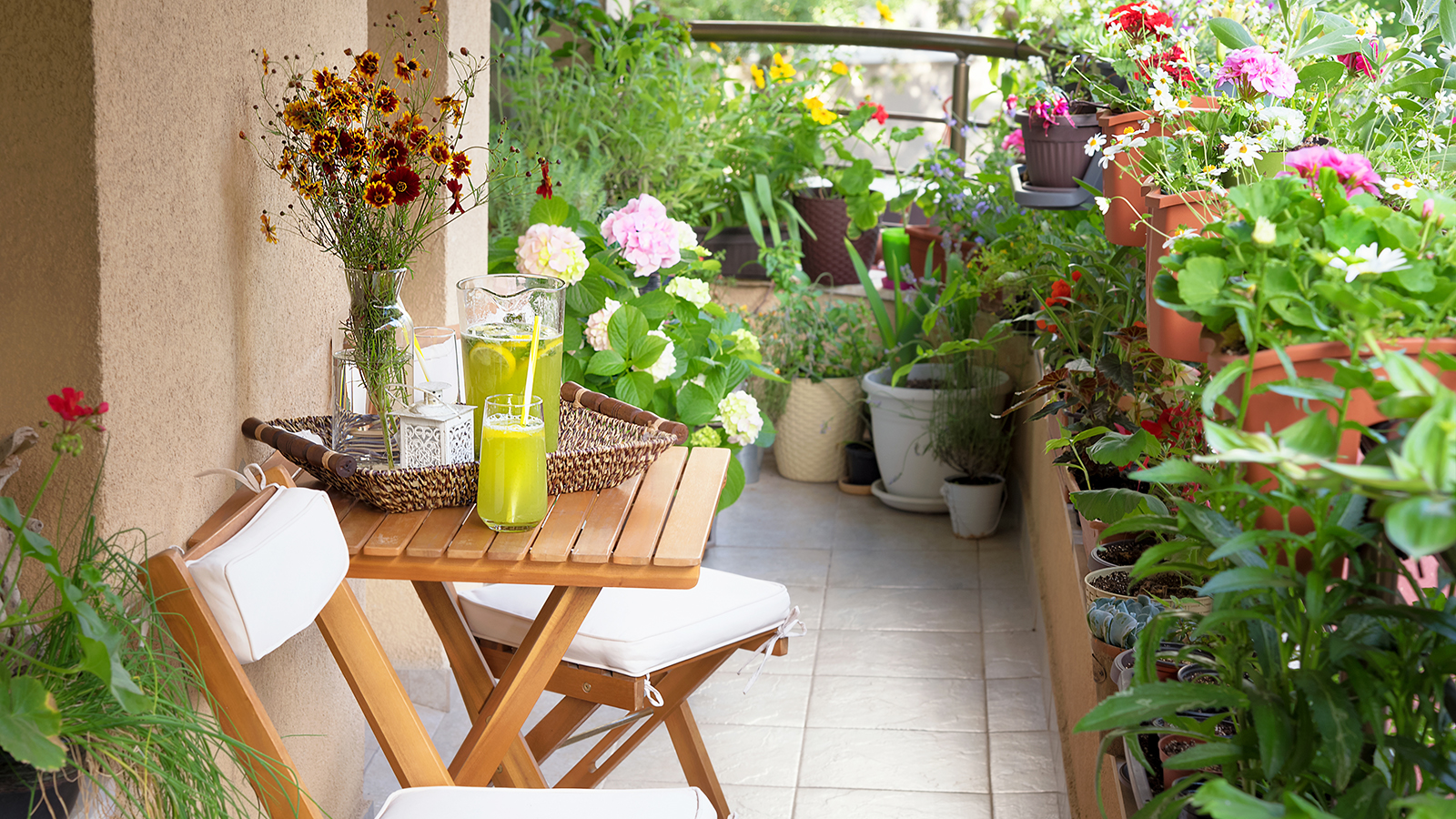
Strong winds make it difficult for hummingbirds to feed and can stress these small birds significantly. Design your yard with wind barriers that create calm microclimates around feeding areas.
Plant densely growing shrubs or small trees on the windward side of your yard to deflect prevailing winds. Position feeders and flowering plants in these protected zones where birds can hover comfortably.
Use structures like trellises, fences or privacy screens to create additional wind breaks. Even temporary solutions like strategically placed umbrellas or shade cloth can provide relief during particularly windy periods.
Remember that some air movement is beneficial for preventing stagnant conditions, so aim for gentle breezes rather than complete wind blockage.
7. Add overripe fruit
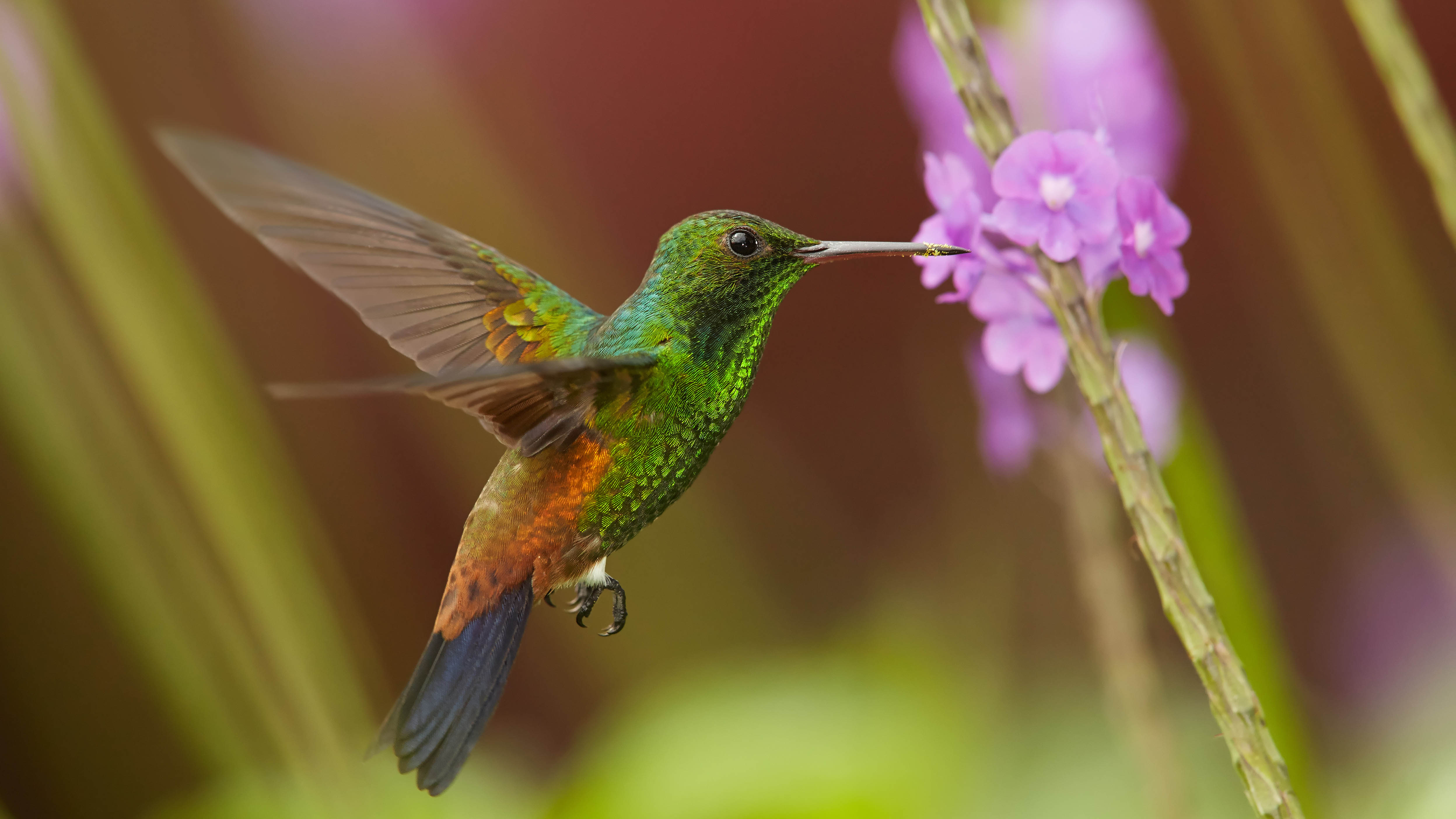
Hummingbirds love sweet fruit juice, especially from overripe bananas, oranges, and peaches. As fruit breaks down, it produces natural sugars that hummingbirds can easily access, plus it attracts tiny insects that the birds also eat.
Set up simple fruit feeders by placing sliced overripe fruit on a shallow plate or skewering banana halves on a feeder pole. Remember to replace the fruit every 2-3 days to prevent spoilage and wash feeding areas regularly.
You can position fruit feeders near other nectar sources but not directly underneath them, as this prevents dripping nectar from making the fruit sticky and difficult for birds to use.
Fruit feeders work especially well during peak summer when hummingbirds have higher energy needs and need both nectar and protein from the insects attracted to fermenting fruit.
Ready for more garden wins? Discover how to keep bees out of hummingbird feeders. Avoid 5 common lawn care mistakes that are killing your yard and learn how to revive a dying houseplant — 7 tips that actually work. Plus, once those hummingbirds start visiting, you'll want to stay cool watching them. Check out this NASA-approved home hack that cools your home for free. Plus, here's another way to attract birds into your backyard.
More from Tom's Guide
- 7 ways to care for your spring bulbs after they've flowered
- 5 easy tips to fix bare patches on your lawn this spring
- How to make your home smell amazing — try these top tips
Get instant access to breaking news, the hottest reviews, great deals and helpful tips.

Kaycee is Tom's Guide's How-To Editor, known for tutorials that skip the fluff and get straight to what works. She writes across AI, homes, phones, and everything in between — because life doesn't stick to categories and neither should good advice. With years of experience in tech and content creation, she's built her reputation on turning complicated subjects into straightforward solutions. Kaycee is also an award-winning poet and co-editor at Fox and Star Books. Her debut collection is published by Bloodaxe, with a second book in the works.
You must confirm your public display name before commenting
Please logout and then login again, you will then be prompted to enter your display name.

